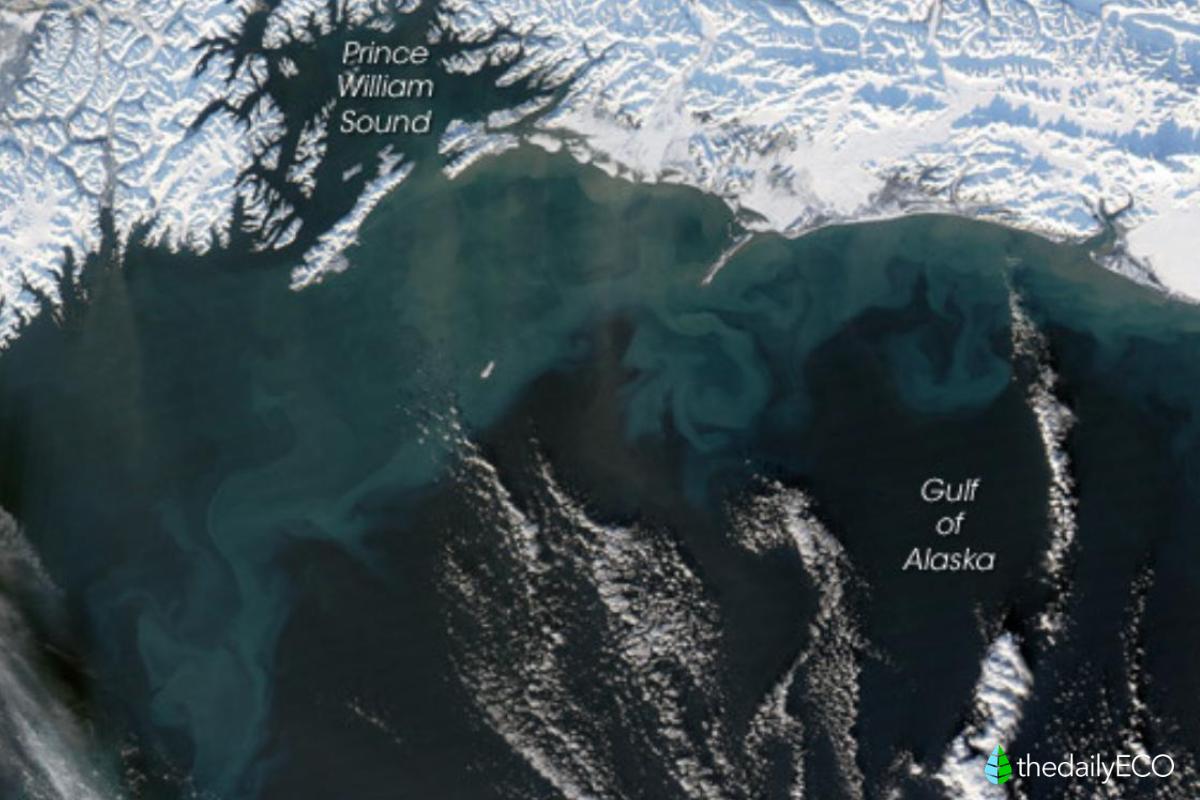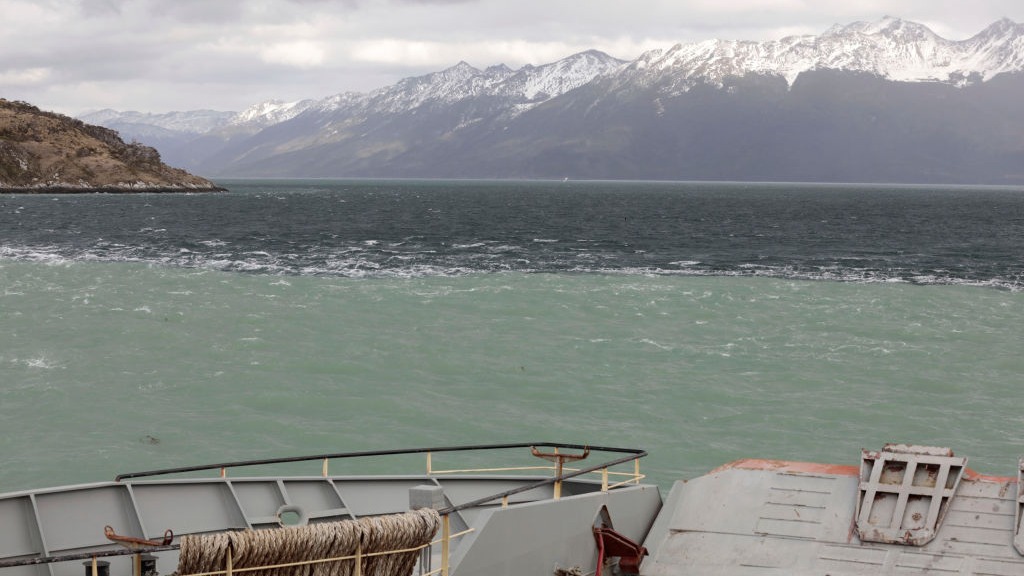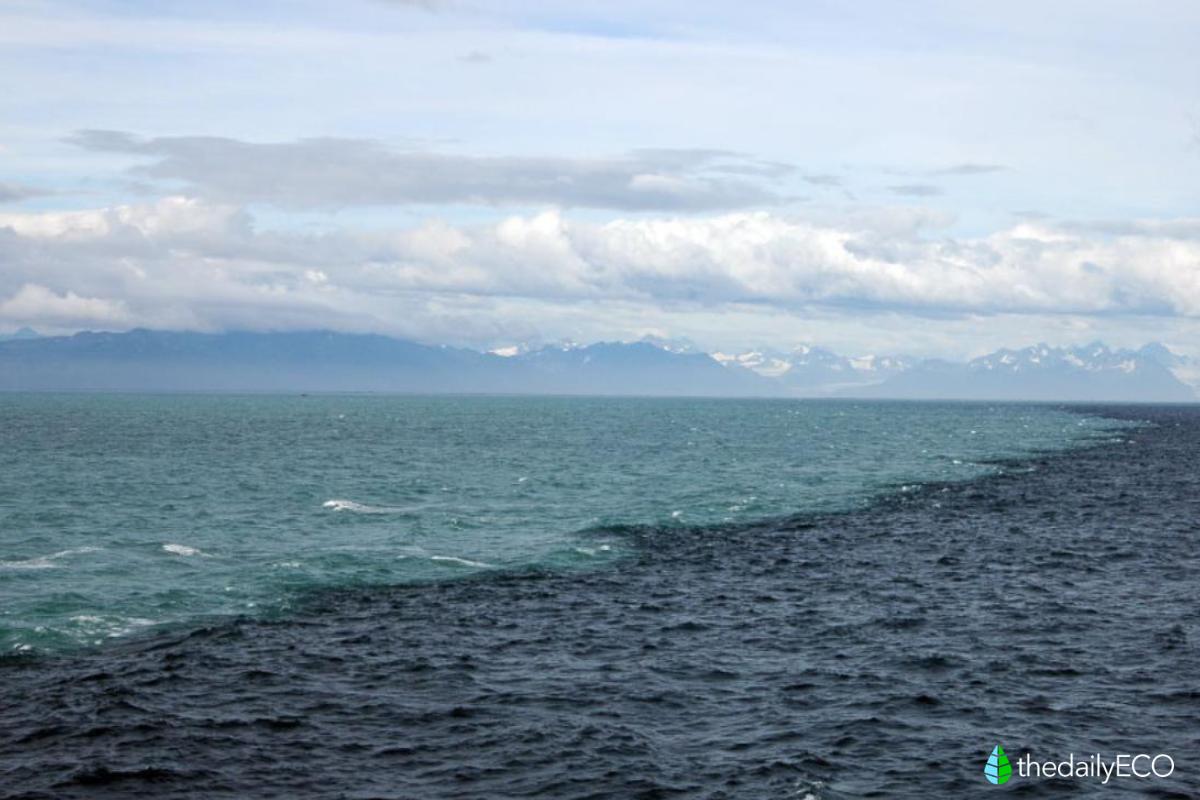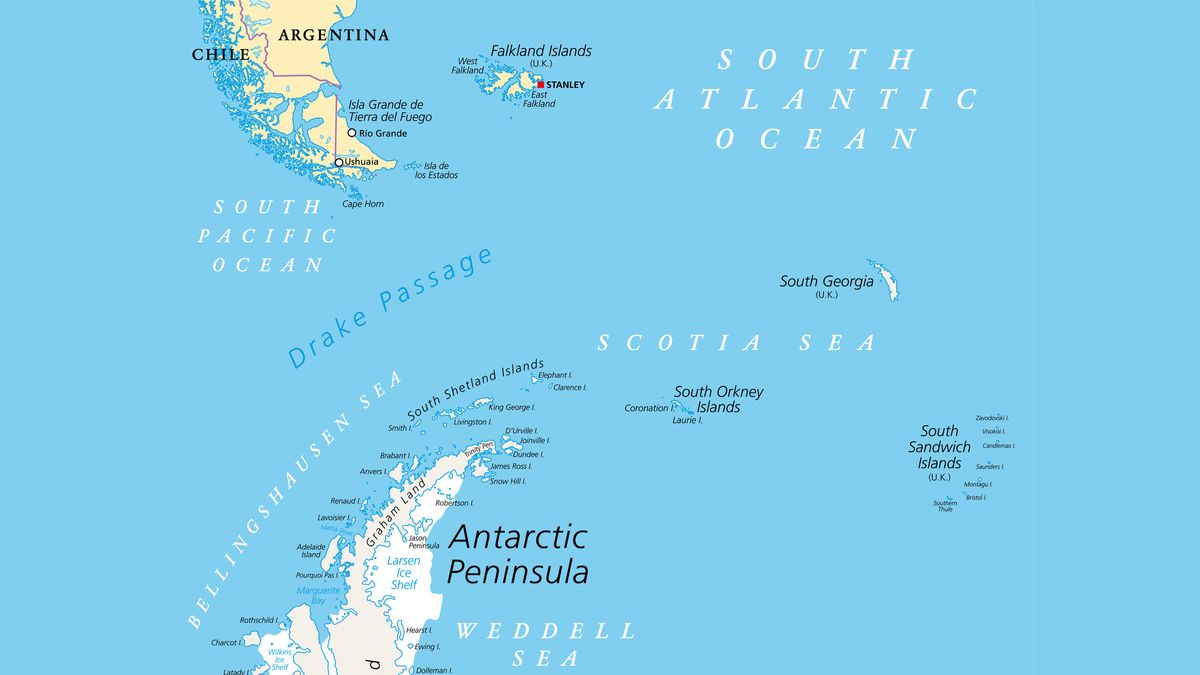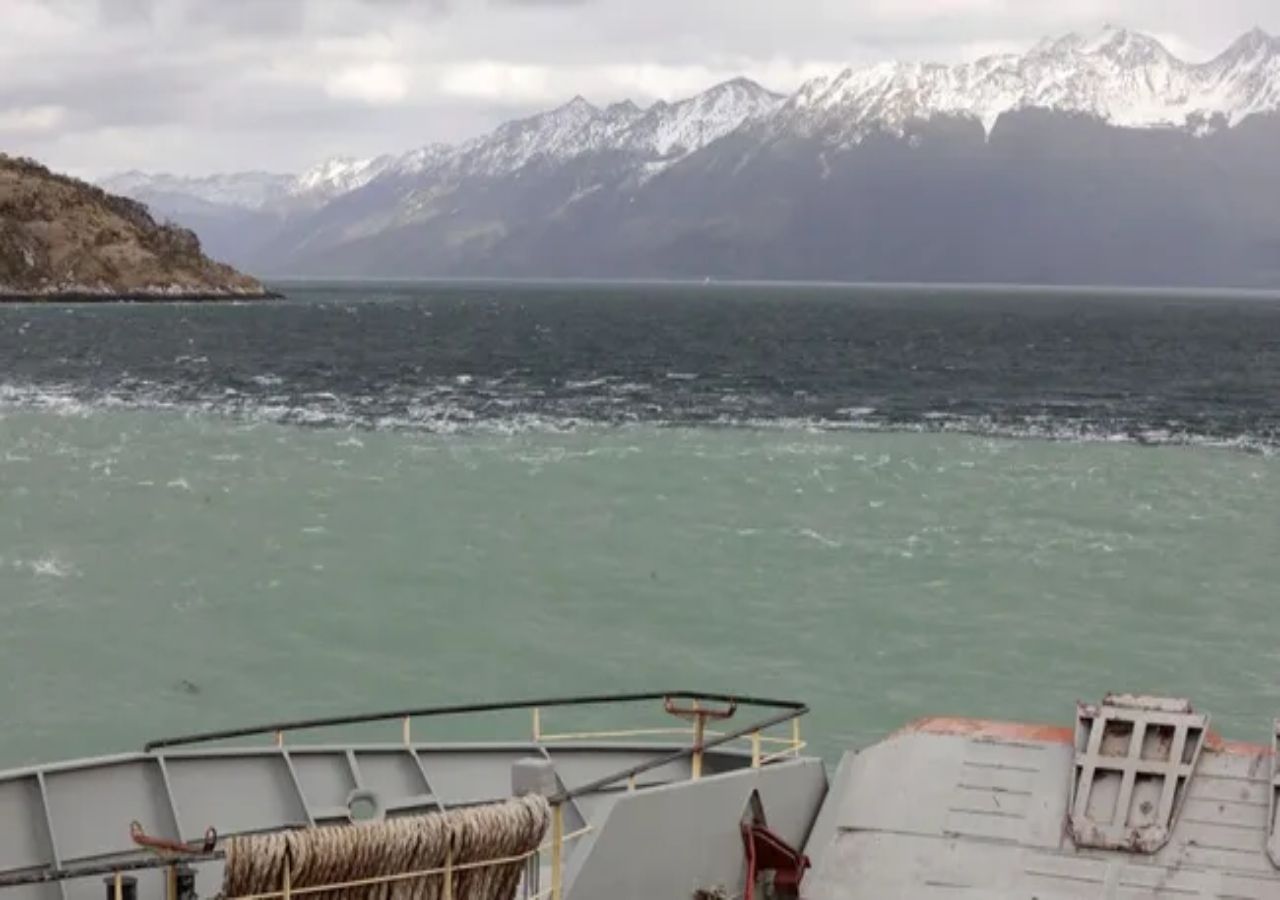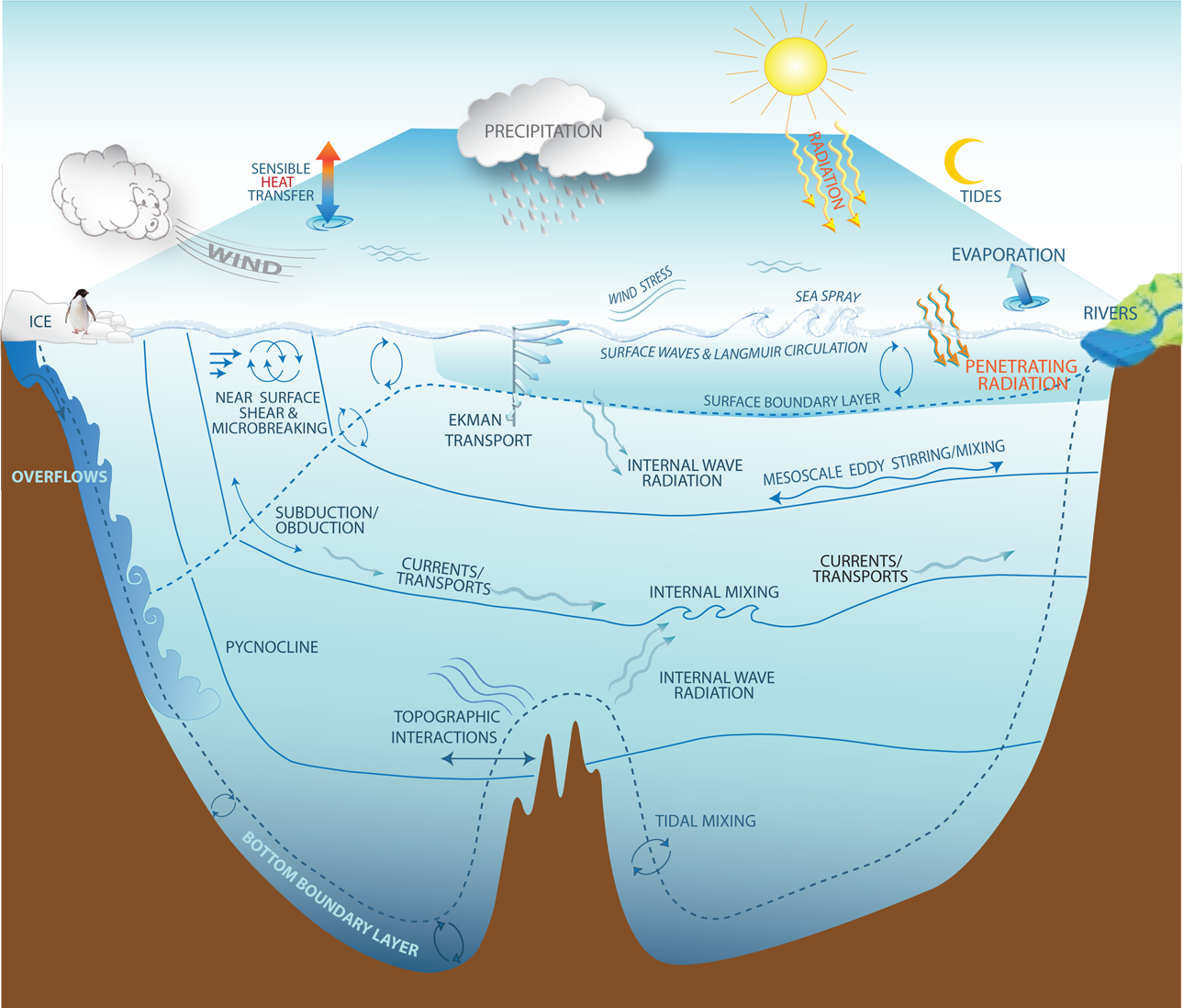Does The Atlantic And Pacific Ocean Mix

Ever stood on a beach, gazing out at the vast, shimmering ocean and wondered about the *great unknown* beyond? Maybe you've pondered a question that has intrigued sailors, scientists, and daydreamers alike: Do the Atlantic and Pacific Oceans actually mix?
A Salty Tale of Two Oceans
Well, the short answer is yes, they absolutely do! Imagine a giant, watery handshake between these two colossal bodies of water.
But here's where things get a little more interesting, and a tad bit comical. It's not like stirring sugar into your tea. The mixing process is less "smoothie" and more of a slow, majestic dance.
The Panama Canal: A Choke Point with a Purpose
Think of the Panama Canal. It is like a tiny straw connecting two giant bathtubs.
It is a crucial pathway, but it doesn't instantly turn the Atlantic and Pacific into one homogenous soup! Ships traverse it, yes, carrying goods and… well, subtly contributing to the mixing.
Current Affairs: The Real Mix Masters
The real heroes of ocean mingling are the ocean currents. These are like underwater rivers that flow for thousands of miles.
The Gulf Stream, a warm and swift current originating in the Gulf of Mexico, plays a vital role.
It carries warm water from the Atlantic up towards Europe, influencing weather patterns and creating diverse marine habitats. It slowly blends with the cooler water of the Arctic and eventually influences the Pacific via global circulation patterns. It's like sending a warm hug across the globe!
Halocline: The Salty Divider
Now, here's a fun fact that'll make you the star of your next trivia night: there are places where you can actually see the difference between the Atlantic and Pacific waters. This phenomenon is called a halocline.
This dramatic line occurs because of differences in salinity – the amount of salt in the water. One is saltier than the other creating a clear visual boundary.
Imagine a cocktail, where the layers don’t immediately mix. It is like a visual feast before the grand blend begins!
Why They Don’t Mix Instantly: A Matter of Density
So, why don’t they just instantly become one big ocean milkshake? The answer lies in density. Salinity and temperature affect density.
Colder and saltier water is denser, so it tends to sink. Warmer, fresher water is less dense, so it floats. This creates layers and prevents immediate mixing.
It's like trying to mix oil and water. They eventually combine, but they need a good shake-up and a lot of time!
A World of Interconnectedness
Ultimately, the Atlantic and Pacific do mix. It is a slow, steady process driven by currents, temperature differences, and the Earth's rotation.
This continuous exchange of water, heat, and nutrients is essential for maintaining the delicate balance of our planet's climate and ecosystems.
So, the next time you're at the beach, remember that you're witnessing a small part of a vast, interconnected world. The ocean is a symbol of unity, a constant reminder that we are all connected, even across the greatest distances!
Isn’t that a heartwarming thought?
